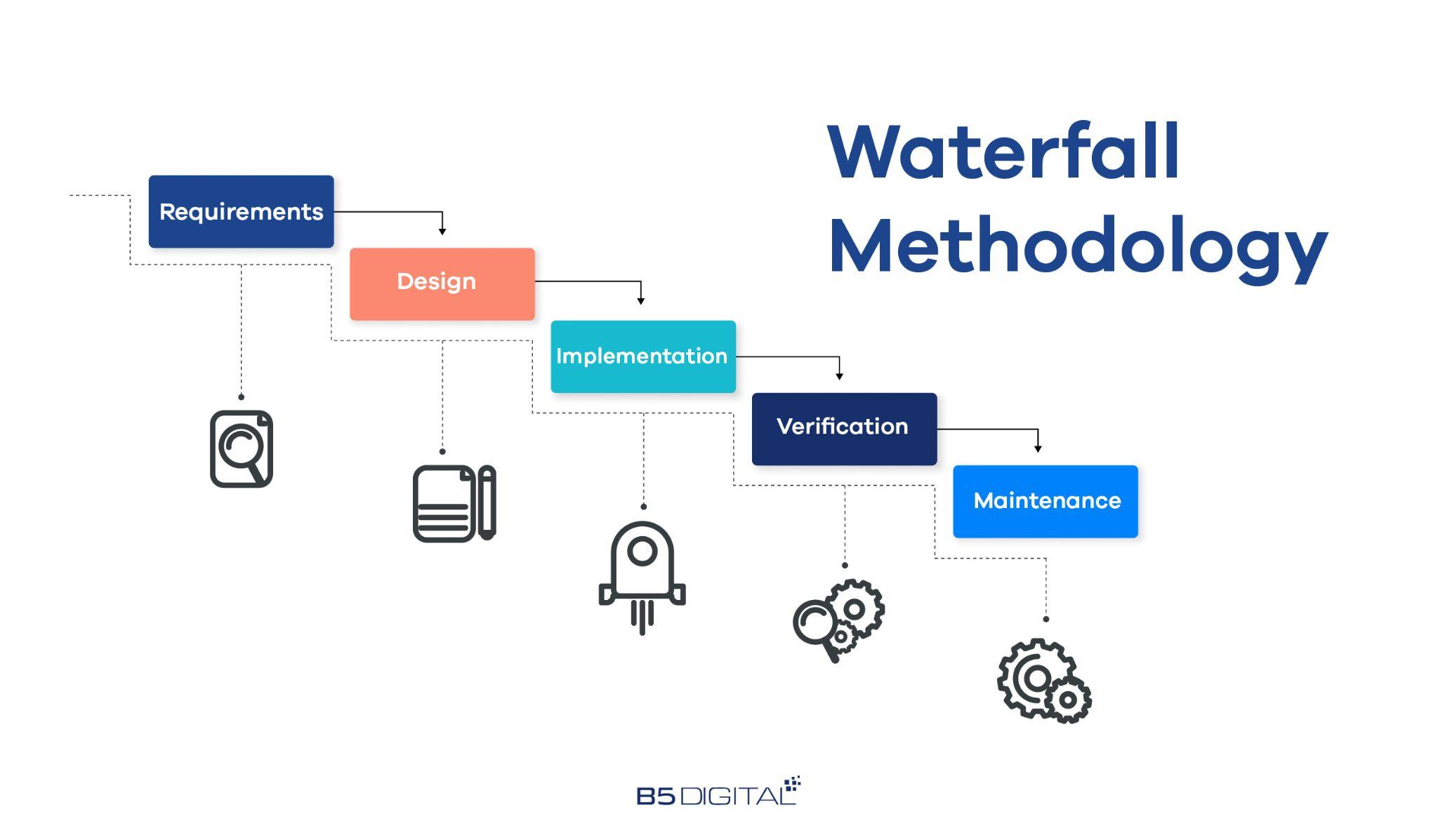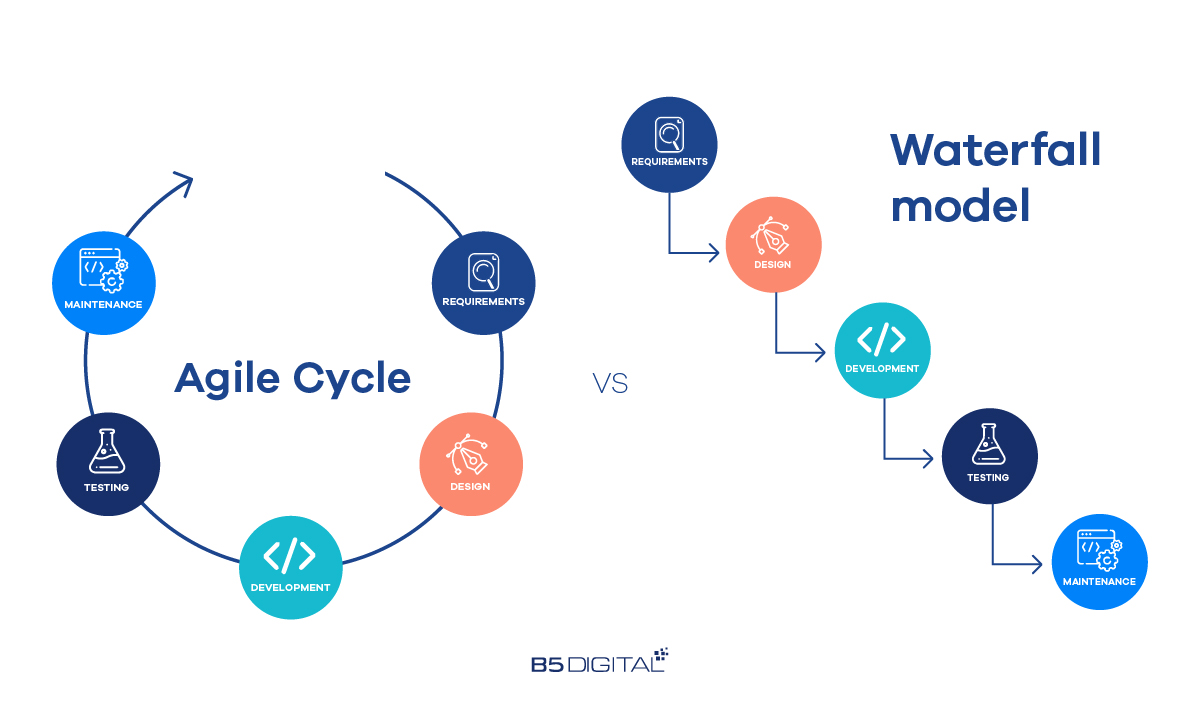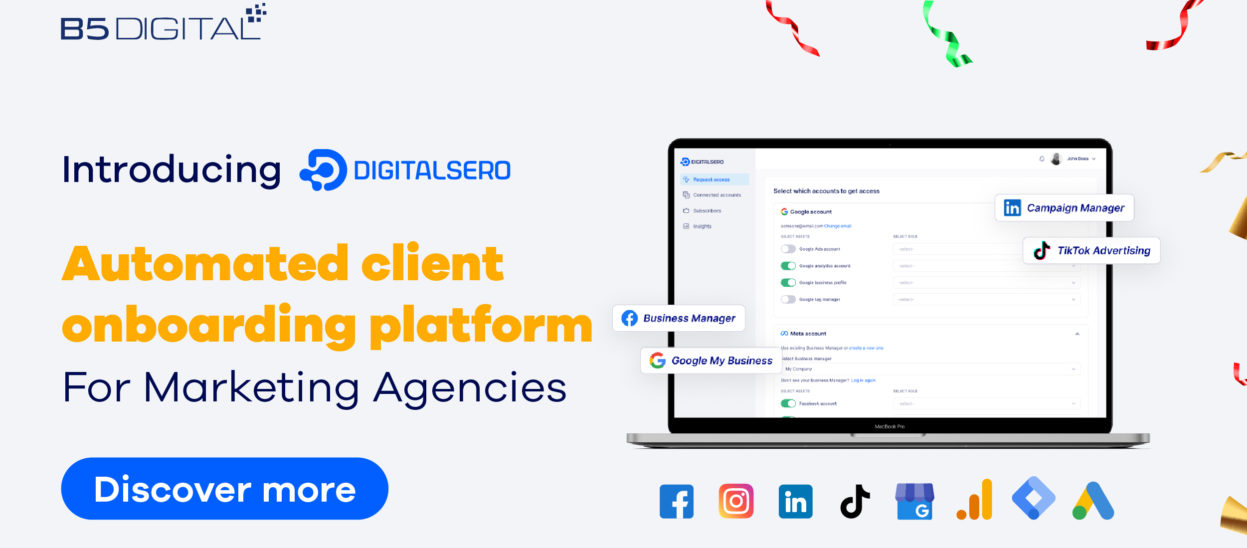The waterfall software development methodology was more widely used than the agile methodologies years back. Unlike agile, waterfall methodology relied on working through different phases on the project as a whole, instead of breaking it into smaller tasks like with agile.

This is posing many challenges that lead to the implementation of agile methodologies. As the previously widely used approach (which is actually still used by some companies) has proven to be risky and to deliver no better results than agile development.

In this blog, we are sharing the biggest challenges that make waterfall methodology inferior to agile.
Absence of plan flexibility
While planning is essential for any software development project. Being able to be flexible with changes is equally important. This is one way agile is definitely better than waterfall.
Imagine having to work through a whole list of features related to a specific module that you doubt will be useful. Because you just can’t change the plan, according to the framework you are following.
The idea of working on the entire project as a whole also makes it hard for team members to share any amendments on the plan, which you can follow blindly until the end and final outcome.
More expensive changes
Waterfall methodology doesn’t allow easy changes, and this means that changes become more expensive. This is simply because the point you discover you need to change comes too late, so you don’t have the ability to minimize the work needed to change.

This is risky, because you can never guarantee that a software project doesn’t have sudden changes to features. This can be due to a change in consumer requirements or an unexpected API that becomes available for integration.
Higher risk
When you develop a software product, especially if you are aiming to sell it. There is probably some amount of risk. This risk is much higher with waterfall methodology.
This is clearly due to the lack of feedback from customers during development. You can’t release the software product publicly until you have finished it.
In agile development, you can publish the projects as early as possible. Feedback rolling in early gives you better validation of your ideas and even new ones. While reducing the risk of developing unneeded features or even an entire unneeded product.
An MVP is a version of the software product that has the core features only. Thus, the risk is minimal even with the lower effort you’ve put into the first version. Then feedback being there as early as it could be.
Poor optimization and performance
Following the waterfall methodology means that testing has less time comparing it to agile, through which doing th alongside development and has enough time.
The unreliable time left for testing can lead to poor product optimization and performance and even a low overall quality product.

Of course, there is always a chance to test and optimize the product after publishing, even with the waterfall approach. But that would be probably long after it gets low ratings and bad reviews.
At B5 Digital, we definitely pick agile over waterfall, and have been developing projects using agile methodologies for years. Contact out team if you have any questions on agile development, we’ll be glad to help.




